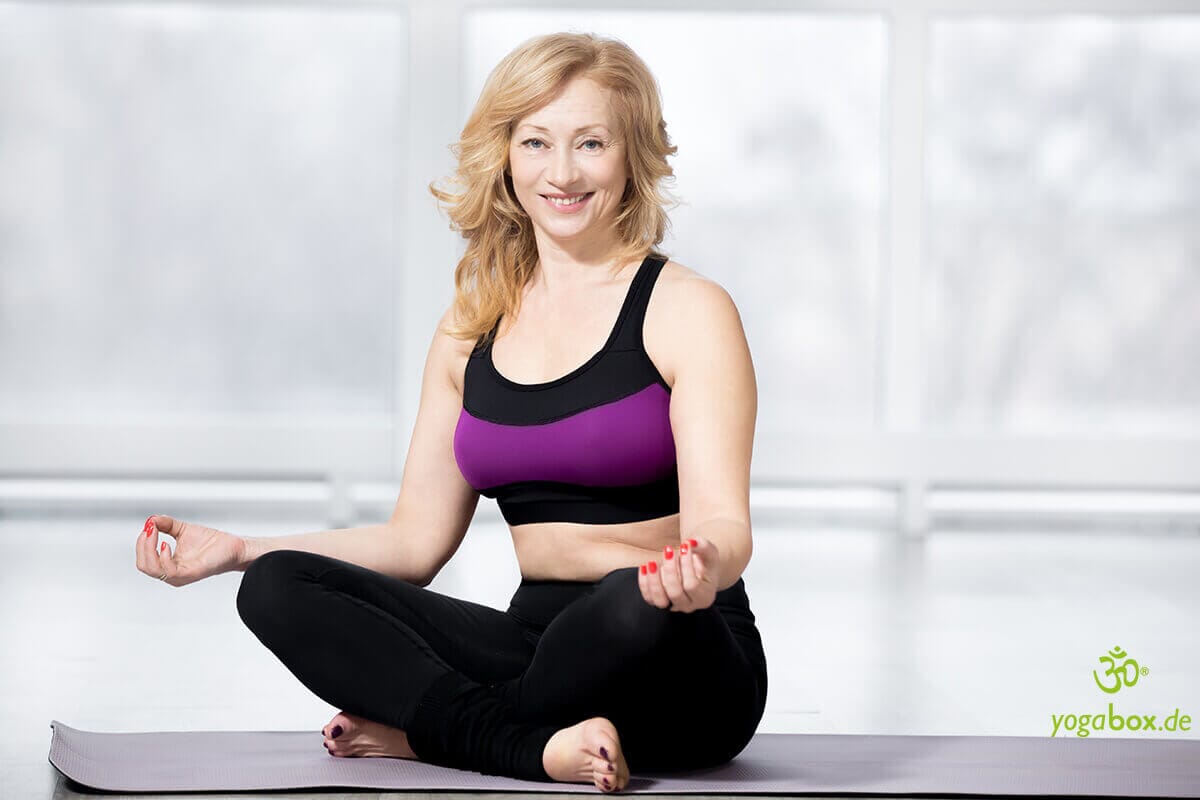The Anahata Chakra - the 4th chakra sits in the heart Tantra and Hatha Yoga position our 4th chakra in the center of the thoracic spine, roughly where our heart is located. The Anahata chakra also means "inner," the "invulnerable," and alludes to the fact that this 4th chakra is located at the center of the seven chakras. Thus, the heart chakra bridges the space between the three lower, worldly chakras : Muladhara (root) , Svadhistana (spine) , Manipura (solar plexus) , and the three upper, spiritually oriented chakras: Vishudda (throat), Ajna (third eye), and Sahasrara (crown). Consequently, the Anahata Chakra is associated with the element of air in this function. Your individual soul meets its cosmic counterpart here; you can connect with the cosmos between the thymus gland and the heart plexus. Furthermore, here you will find your inner spirit, your spiritual heart, love, true joy, and devotion to a divine, higher will. The spiritual heart at the center of the Kshetra energy field is also called the Hrid Chakra. The positively active heart chakra represents freedom from negative emotions. The Bija Mantra YAM symbolizes Anahata Chakra, as does RAAAM, and the aura color green alongside the inner color blue. The 12-petaled lotus flower corresponds to the heart chakra. Each petal represents a virtue of the Anahata Chakra: joy, peace, harmony, blessing, love, purity, passion, clarity, forgiveness, understanding, kindness, and patience. Signs of disturbances in the Anahata Chakra The heart chakra is related to overcoming the ego. While the first three chakras strengthen grounding and material existence, and thus can also allow the ego to grow, the Anahata chakra ensures harmony between the ego, the cosmos, and the higher self. If the heart chakra is overactive, we find manipulative behavior, neediness, and dependent love, along with aggressive emotions, suffering, and despair. Those affected feel at odds with themselves and the world. A sluggish heart chakra manifests itself in feelings of loneliness, difficulties in interpersonal relationships, and a feeling of lack of appreciation from others. Physically, pain in the upper back and shoulders, tense torso and hip muscles, and deviations from normal blood pressure are common. Positively influence the Anahata Chakra The heart chakra can be brought into balanced vibration through various activities, meditations, yoga exercises, and affirmations. In Hatha Yoga, poses such as "Eagle Pose - Garudasana," " Camel Pose - Utrasana, " and "Utanasana - Forward Bend" are used to activate the Anahata chakra. Other poses include " Fish Pose - Matsyasana ," " Cobra Pose - Bhujangasana ," " Bow Pose - Dhanurasana ," and "Plow Pose - Halasana." Since the heart chakra governs not only the heart but also the lungs through the element of air, spending time outdoors and in (green) nature is also highly beneficial to the heart chakra. The black antelope and deer represent the 4th chakra; visualizing these animals in their lightness and elegance provides positive support to the Anahata chakra. Praying with your hands resting on your heart and reciting affirmations such as "I am full of joy, full of love, and connected to the Divine" also provides positive stimulation to the heart chakra. Chanting, singing bowl meditation, creative, heartfelt work, and various breathing exercises such as alternate nostril breathing, Bhramari (bee breathing), and heartfelt laughter all stimulate the Anahata chakra. Anahata Chakra Meditation in Kundalini Yoga
Kundalini Yoga includes this heart chakra meditation (according to Karunesh): Stand upright in a relaxed position in a comfortable place. Keep your eyes open. Now place both hands on the center of your chest. Feel the rhythm of your heartbeat and breathe easily. Inhale new energy and exhale old energy. Imagine yourself expanding in your heart and exhaling all burdens and impurities. Connect yourself in all directions with the world and the cosmos, breaking away from all constriction. Your heart is wide and large. Open yourself. The Heart Chakra in other traditions
In Tibet, the Wheel of the Heart represents the Wheel of the Heart; in Kabbalah, Tiphereth; among esoteric Christians, it represents the love of Jesus; and among Sufis, Qalb Ruh and Sirr represent the Anahata Chakra. In Qi Qong, it is the middle Tantiem. Image © elvie15veronika / 123rf.com


